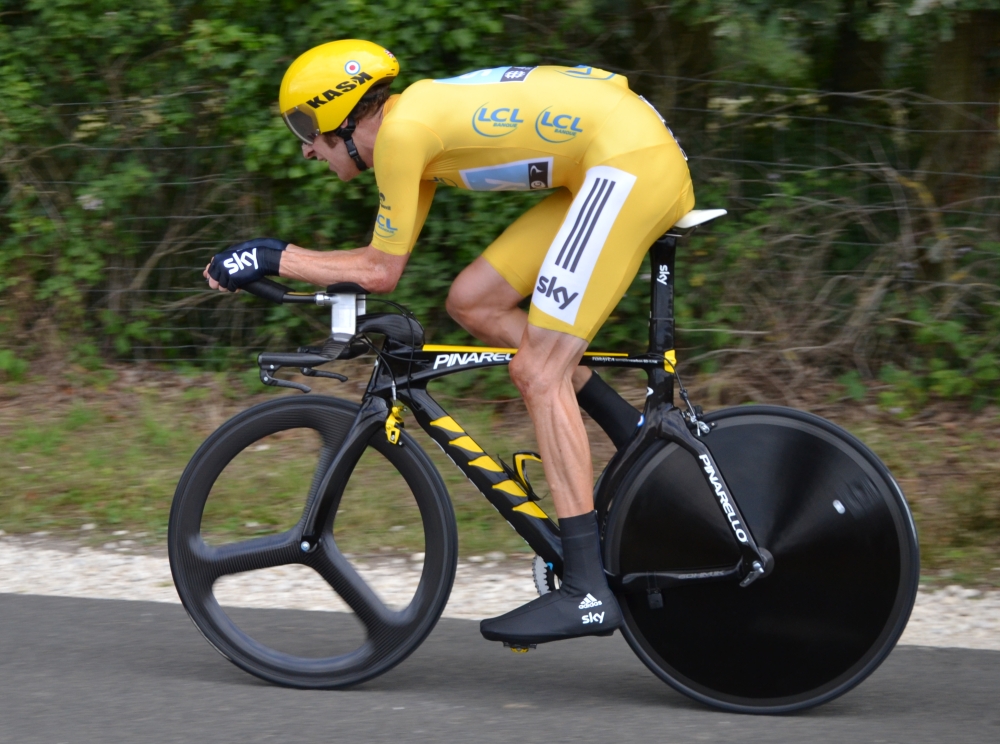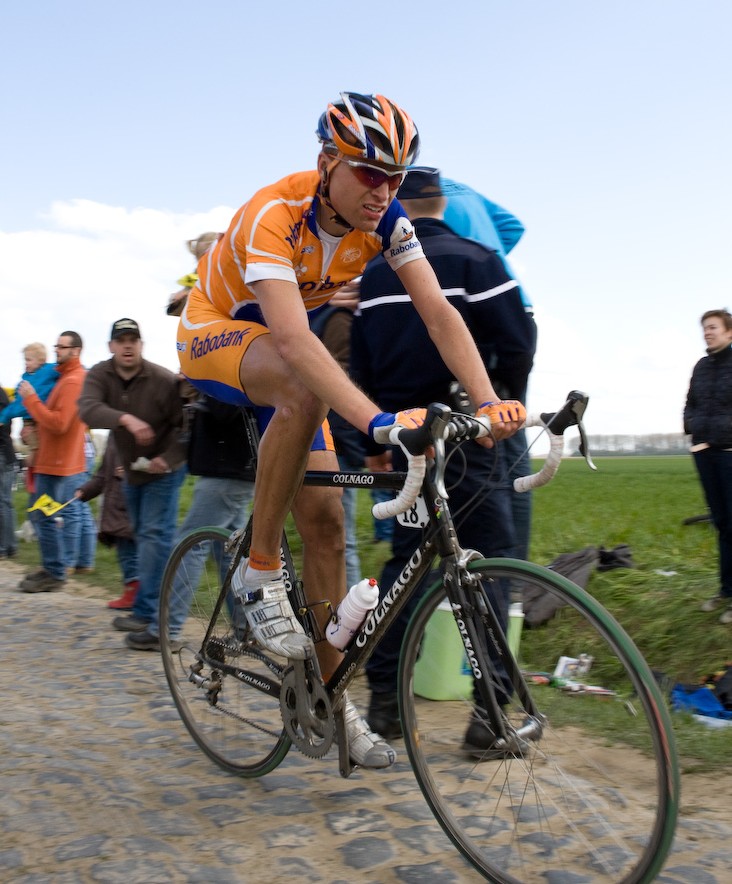|
Sanctuary Of The Madonna Di San Luca
The Sanctuary of the Madonna of San Luca is a basilica church in Bologna, northern Italy, sited atop a forested hill, Colle or Monte della Guardia, some 300 metres above the city plain, just south-west of the historical centre of the city. While a road now leads up to the sanctuary, it is also possible to reach it along a 3.8 km monumental roofed arcade ( Portico di San Luca) consisting of 666 arches, which was built in 1674–1793. It was meant to protect the icon as it was paraded up the hill. A yearly procession from the Cathedral of San Pietro in the centre of Bologna to the Sanctuary goes along this path. Originally the arches held icons or chapels erected by the patron family. History A church or chapel existed on the hill for about a thousand years. Tradition holds that in the 12th-century, a pilgrim from the Byzantine empire came to Bologna with an icon of the Virgin from the temple of Saint Sofia in Constantinople. In 1160, the bishop of Bologna Gerardo Grassi ass ... [...More Info...] [...Related Items...] OR: [Wikipedia] [Google] [Baidu] |
Bologna
Bologna (, , ; egl, label= Emilian, Bulåggna ; lat, Bononia) is the capital and largest city of the Emilia-Romagna region in Northern Italy. It is the seventh most populous city in Italy with about 400,000 inhabitants and 150 different nationalities. Its metropolitan area is home to more than 1,000,000 people. It is known as the Fat City for its rich cuisine, and the Red City for its Spanish-style red tiled rooftops and, more recently, its leftist politics. It is also called the Learned City because it is home to the oldest university in the world. Originally Etruscan, the city has been an important urban center for centuries, first under the Etruscans (who called it ''Felsina''), then under the Celts as ''Bona'', later under the Romans (''Bonōnia''), then again in the Middle Ages, as a free municipality and later ''signoria'', when it was among the largest European cities by population. Famous for its towers, churches and lengthy porticoes, Bologna has a well-preserved ... [...More Info...] [...Related Items...] OR: [Wikipedia] [Google] [Baidu] |
Guido Reni
Guido Reni (; 4 November 1575 – 18 August 1642) was an Italian painter of the Baroque period, although his works showed a classical manner, similar to Simon Vouet, Nicolas Poussin, and Philippe de Champaigne. He painted primarily religious works, but also mythological and allegorical subjects. Active in Rome, Naples, and his native Bologna, he became the dominant figure in the Bolognese School that emerged under the influence of the Carracci. Biography Born in Bologna into a family of musicians, Guido Reni was the only child of Daniele Reni and Ginevra Pozzi.Spear, Richard E. "Reni, Guido". ''Grove Art Online. Oxford Art Online''. Oxford University Press. Apprenticed at the age of nine to the Bolognese studio of Denis Calvaert, he was soon joined in that studio by Albani and Domenichino. When Reni was about twenty years old, the three Calvaert pupils migrated to the rising rival studio, named ''Accademia degli Incamminati'' (Academy of the "newly embarked", or progress ... [...More Info...] [...Related Items...] OR: [Wikipedia] [Google] [Baidu] |
Charly Gaul
Charly Gaul Sporting Cyclist, UK, undated cutting (8 December 1932 – 6 December 2005)Velo-club, 4335, Charly Gaul, Posté le Mercredi 06 février 2002 was a Luxembourgian professional cyclist. He was a national cyclo-cross champion, an accomplished and superb climber. His ability earned him the nickname of ''Angel of the Mountains'' in the 1958 , which he won with four stage victories. He also won the ... [...More Info...] [...Related Items...] OR: [Wikipedia] [Google] [Baidu] |
Individual Time Trial
An individual time trial (ITT) is a road bicycle race in which cyclists race alone against the clock (in French: ''contre la montre'' – literally "against the watch", in Italian: ''tappa a cronometro'' "stopwatch stage"). There are also track-based time trials where riders compete in velodromes, and team time trials (TTT). ITTs are also referred to as "the race of truth", as winning depends only on each rider's strength and endurance, and not on help provided by teammates and others riding ahead and creating a slipstream. Individual time trial are usually held on flat or rolling terrain, although sometimes they are held up a mountain road (in Italian: ''cronoscalata'' "chrono climbing"). Sometimes the opening stage of a stage race is a very short individual time trial called a prologue (8 km or less for men, 4 km or less for women and juniors). Starting times are at equal intervals, usually one or two minutes apart. The starting sequence is usually based on the finishing times ... [...More Info...] [...Related Items...] OR: [Wikipedia] [Google] [Baidu] |
1956 Giro D'Italia
The 1956 Giro d'Italia was the 39th edition of the Giro d'Italia, one of cycling's Grand Tours. The Giro started off in Milan on 19 May with a flat stage and concluded back in Milan with a relatively flat mass-start stage on 10 June. Sixteen teams entered the race, which was won by Luxembourgian Charly Gaul of the Faema team. Second and third respectively were Italian riders Fiorenzo Magni and Agostino Coletto. Gaul took the lead in the legendary stage up Monte Bondone, where under a snow storm he won with an 8-minute margin over runner up Alessandro Fantini. This edition is unique since there were two Mountains Classification winners. There were two awards for the Dolomites and the Apennine mountains, the winners were Charly Gaul and Federico Bahamontes respectively. Teams Fifteen teams were invited by the race organizers to participate in the 1957 edition of the Giro d'Italia. Each team sent a squad of seven riders, which meant that the race started with a peloton of ... [...More Info...] [...Related Items...] OR: [Wikipedia] [Google] [Baidu] |
Giro Dell'Emilia
The Giro dell'Emilia is a late season road bicycle race held annually in Bologna, Emilia-Romagna, Italy. Since 2005, the race has been organised as a 1.HC event on the UCI Europe Tour, and since 2020 it's part of the UCI ProSeries calendar. The race starts from Bologna, it generally takes a tour of Appennino Tosco-Emiliano National Park and ends in Bologna Bologna (, , ; egl, label= Emilian, Bulåggna ; lat, Bononia) is the capital and largest city of the Emilia-Romagna region in Northern Italy. It is the seventh most populous city in Italy with about 400,000 inhabitants and 150 different nat ... with 5 reps on the brutal climbing ring (Orfanelle climb, Montalbano climb and Casaglia downhill) of Sanctuary of the Madonna di San Luca. It is considered one of the most important and historical classic bicycle races of the calendar, the palmarès shows great champions like Coppi, Bartali, Merckx. Winners ... [...More Info...] [...Related Items...] OR: [Wikipedia] [Google] [Baidu] |
Classic Cycle Races
The classic cycle races are the most prestigious one-day professional road cycling races in the international calendar. Some of these events date back to the 19th century. They are normally held at roughly the same time each year. The five most revered races are often described as the cycling monuments. For the 2005 to 2007 seasons, some classics formed part of the UCI ProTour run by the Union Cycliste Internationale. This event series also included various stage races including the Tour de France, Giro d'Italia, Vuelta a España, Paris–Nice, and the Critérium du Dauphiné Libéré. The UCI ProTour replaced the UCI Road World Cup series (1989–2004) which contained only one-day races. Many of the classics, and all the Grand Tours, were not part of the UCI ProTour for the 2008 season because of disputes between the UCI and the ASO, which organizes the Tour de France and several other major races. Since 2009, many classic cycle races are part of the UCI World Tour. Probl ... [...More Info...] [...Related Items...] OR: [Wikipedia] [Google] [Baidu] |
Road Bicycle Racing
Road bicycle racing is the cycle sport discipline of road cycling, held primarily on Road surface, paved roads. Road racing is the most popular professional sport, professional form of bicycle racing, in terms of numbers of competitors, events and spectators. The two most common competition formats are mass start events, where riders start simultaneously (though sometimes with a Handicapping, handicap) and race to a set finish point; and time trials, where individual time trial, individual riders or team time trial, teams race a course alone against the clock. Stage races or "tours" take multiple days, and consist of several mass-start or time-trial stages ridden consecutively. Professional racing originated in Western Europe, centred in France, Spain, Italy and the Low Countries. Since the mid-1980s, the sport has diversified, with races held at the professional, semi-professional and amateur levels, worldwide. The sport is governed by the Union Cycliste Internationale (UCI). As w ... [...More Info...] [...Related Items...] OR: [Wikipedia] [Google] [Baidu] |
Angelo Piò
Angelo Gabriello Piò (Bologna, 1690- Bologna, 1770) was an Italian sculptor, active in Bologna in a Rococo style. Life In Bologna, he studied from 1711 to 1712 under Andrea Ferreri (1673–1744) . He was also a pupil of Giuseppe Maria Mazza. After 1718 he studied in Rome under Camillo Rusconi (1658-1728). In 1721 Piò became a member of the ''Accademia Clementina'' in Bologna. He worked with some of the prime Bolognese architects of the time: Carlo Francesco Dotti, Alfonso Torreggiani and Giuseppe Antonio Ambrosi. His son, pupil and assistant was Domenico Piò (1715-1799). Other pupils included Filippo Scandellari (brother of Pietro) and Antonio Schiassi (died 1778). by Salvatore Muzzi; Bologna, 1846, Volume 8, page 746. Work ...
|
Stucco
Stucco or render is a construction material made of aggregates, a binder, and water. Stucco is applied wet and hardens to a very dense solid. It is used as a decorative coating for walls and ceilings, exterior walls, and as a sculptural and artistic material in architecture. Stucco can be applied on construction materials such as metal, expanded metal lath, concrete, cinder block, or clay brick and adobe for decorative and structural purposes. In English, "stucco" sometimes refers to a coating for the outside of a building and "plaster" to a coating for interiors; as described below, however, the materials themselves often have little to no differences. Other European languages, notably Italian, do not have the same distinction; ''stucco'' means ''plaster'' in Italian and serves for both. Composition The basic composition of stucco is cement, water, and sand. The difference in nomenclature between stucco, plaster, and mortar is based more on use than composition. Until ... [...More Info...] [...Related Items...] OR: [Wikipedia] [Google] [Baidu] |







